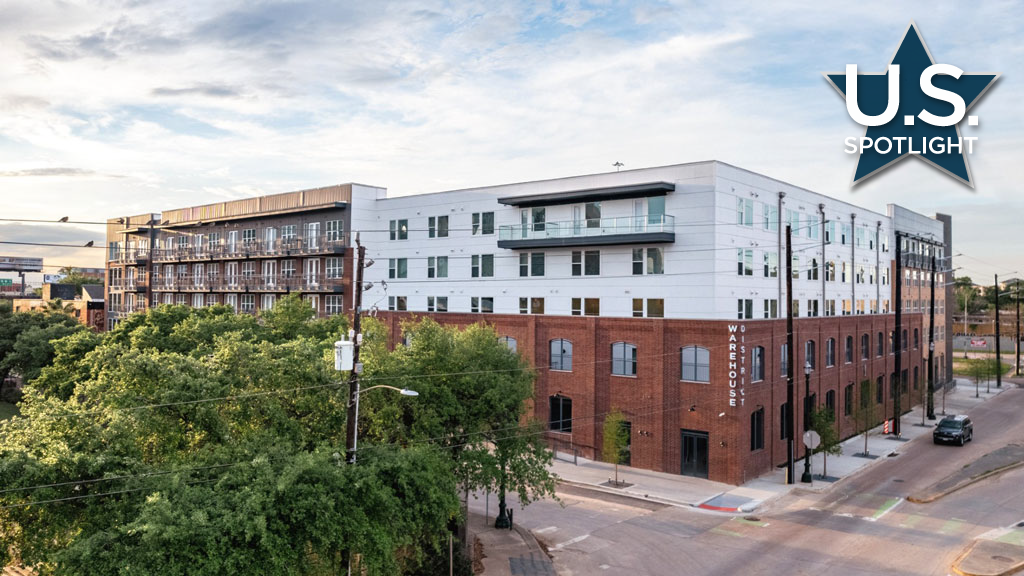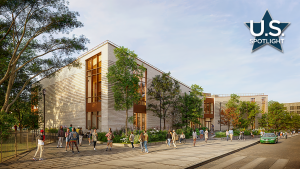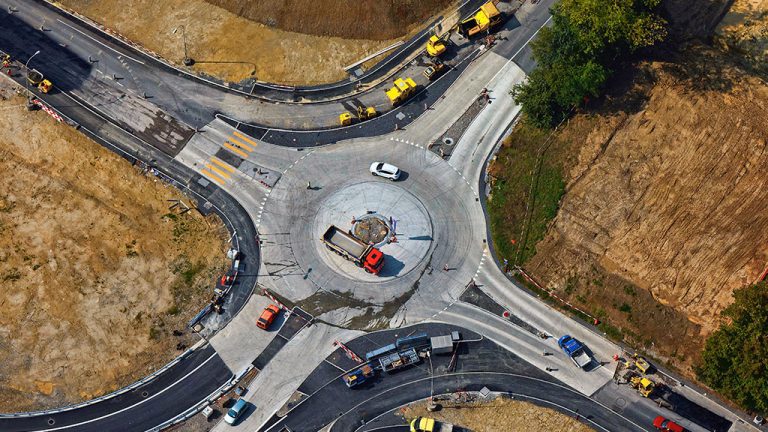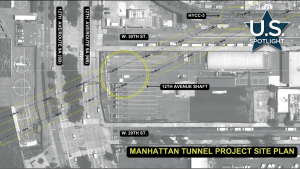Across the United States, new privately-owned housing unit permits for multifamily developments of more than five units dropped by over 22 per cent in March 2024 compared with the same month in 2023, according to the latest survey.
Conversely, single-family home starts were up 17.4 per cent over the same period.
This highlights a major problem that has become a focus of Washington’s attention recently. An additional seven million homes are estimated to be needed across the country to meet current population growth and to address housing affordability.
Houston reflects these national trends in a characteristically Texan way: a shortage of affordable apartments in cities versus a proliferation of expensive single-family homes in sprawling developments outside metropolitan areas.
For example, in late April, a 1,341-acre development 40 miles north of Houston was by Texas developer D.R. Horton. It will comprise 3,500 single-family homes ranging from 1,500 to 3,500 square feet, priced from $300,000 to $600,000.
In terms of built-to-rent housing, from RentCafe places Houston fourth in the country in terms of new rental houses completed over the past five years.
That doesn’t equate to “affordable.” In fact, Houston itself is ranked as the fifth worst metropolitan area in the country in terms of housing affordability, according to Houston Habitat for Humanity.
“Although Houston has seen its share of economic growth, it is a harsh reality that these benefits don’t always trickle down to everyone,” the organization’s website says.
“There are just over 33,000 affordable and available places to rent for the more than 217,000 extremely low-income renters in the area,” the Kinder Institute of Urban Research at Rice University. “şÚÁĎłÔąĎÍř 83 per cent of the extremely low-income households are severely cost burdened.”
What could potentially encourage increased multi-family developments is a state law created in 1981 called the Tax Increment Reinvestment Zone (TIRZ). This records and locks-in the appraised value of properties within the zone as its base.
“As development or redevelopment occurs, the appraised value of the property in the zone should increase,” the Texas Comptroller Office . “The difference between the increased appraised value of property in the zone and the base value is the captured appraised value.”
A portion of the taxes collected by the captured appraised value can be refunded to the developer to help pay for the infrastructure required to support the development.
The suburban city of Friendswood on the southeast outskirts of Houston is using a TIRZ for the first time, in conjunction with 106-acre, $760-million mixed-use development that includes parks with walking trails and a fishing lake. A convention centre, restaurants, retail outlets and a hotel are the key commercial elements.
Importantly, a 500-unit multifamily complex will bring families into the area. The TIRZ will help recoup the estimated $60 million in developer costs for road and bridgework, drainage and other infrastructure investments.
However, the new residences are characterized in by Friendswood Mayor Mike Foreman as “luxury” units, not as affordable housing.
As Houston Habitat for Humanity suggests, families earning modest incomes often get outbid on residential project like this.
“This imbalance isn’t just frustrating; it also threatens stability and diminishes hope for those who are working to build better futures.”
In response to the need for affordable housing, new developments in downtown Houston aimed at low-to-moderate income earners will specifically address this.
The non-profit organization currently has 11 locations and nearly 1,600 apartments across Houston offering stable, affordable and permanent housing to families living on limited incomes. A recent partnership between New Hope and Amegy Bank will result in 300 new affordable one, two and three-bedroom units in two downtown core locations. In both New Hope locations, families with qualifying low incomes will have access to a Montessori-styled preschool funded by the Bezos Family Foundation.
Houston Habitat for Humanity itself is developing , a new mixed-income, master-planned community on 127 acres in Northeast Houston. It will provide up to 500 units of multifamily and senior housing.
Another development in the downtown core will reserve 50 per cent of its units for families earning less than $60,500, and cap monthly rents between 20 and 40 per cent below market rents in the area.
The residential project named Warehouse District is being developed by real estate company Urban Genesis as part of an Essential Workforce Housing Program in partnership with the Houston Housing Authority. The first of three apartment buildings opened in February. The two others will be open by May.
Reflecting the importance of affordable housing in Houston, Urban Genesis reserving units for the city’s moderate-to-middle income, essential workforce, such as first responders, teachers, nurses, retailers, restaurateurs and law enforcement, will enable them to live near their work, avoiding lengthy commutes.











Recent Comments
comments for this post are closed